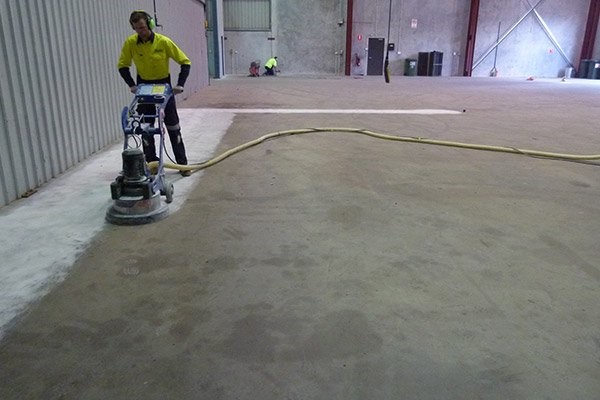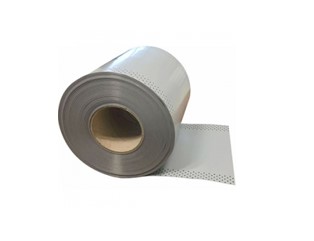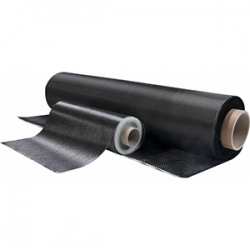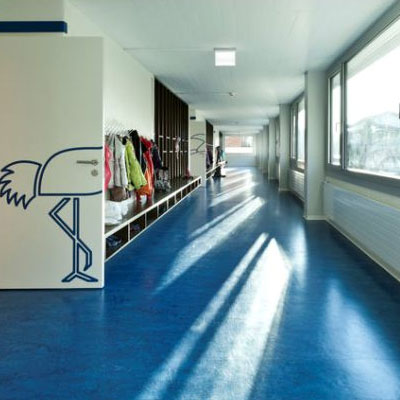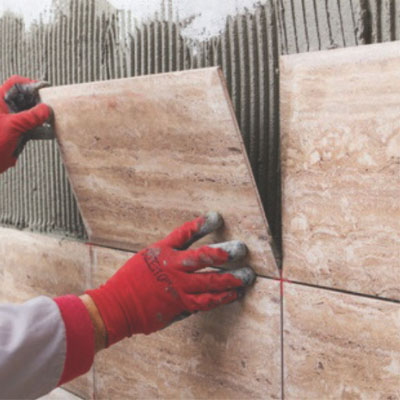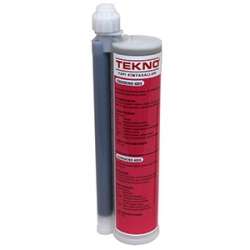Retrofit with FRP
Today, modern strengthening methods such as reinforcement and the use of FRP are being replaced rather than traditional strengthening methods. FRP reinforcement system is one of the new methods for strengthening buildings, reinforcing structures and protective coatings in various industries. One of the key advantages of FRP reinforcement can be its tensile strength and very low weight. Reinforcement polymers, or polymer fiber, are commonly formed from two main components of fiber (fiber) and matrix-reinforced (resin), which are used today in the strengthening and repair of building and concrete and metal and composite industrial structures, often useful in a composite.
• Fiber hardness is necessarily higher than matrix hardness.
• Fiber does not affect the matrix chemically.
• There is good adhesion between the fibers and the matrix.
• The fiber matrix protects against environmental attacks and abrasion.
In fact, the main role of the shear matrix is the local buckling control of the fiber to the adjacent material and the pressed fiber. The matrix will also prevent mechanical damage to the fibers.
Fiber or FRP fibers with flexible and highly elastic technical properties are an important element in FRP remediation systems. Fiber forming FRP materials can be vertical in one direction or two directions. FRP resin mainly works as a binding medium that holds the fibers together. As we mentioned, a large part of FRP material load bearing capacity is fiber related. Therefore, FRP fibers must have a breaking strength and a high elastic modulus. It also has strong resistance to various environmental conditions, and FRP fibers must also be capable of changing their length. Undoubtedly, the most important and most important feature of FRP materials is their resistance to corrosion. In port, coastal and marine structures, the optimum resistance of FRP composite materials to corrosion is the most useful property for FRP rebar.
FRP fibers have very high insulating quality, generally these materials are magnetic and electrically neutral and insulated. Therefore, the use of reinforced concrete FRP rods sensitive to magnetic fields sensitive to magnetic waves, as well as to the conductive paths of magnetic floating trains, will be very useful in radar bands and radar centers.
FRP composite fibers are adhered to concrete surfaces with adhesive and strong resin to strengthen the structure. Fibers and FRP sheets provide a suitable coating for the isolation and reinforcement of concrete structures from adjacent corrosive environments. Also, FRP composite sheet is used to repair and strengthen damaged structure (due to earthquake or ionized water corrosion).
Use of FRP reinforcement systems
The use of polymer matrix Rehabilitation of FRP and reinforced concrete structures, and often retrofitting with FRP composites in the renovation of the polymer matrix has been a significant growth in recent years, mainly the need to increase the operational life of reinforced concrete structures and main infrastructure development all over the world. The main features of polymer composites are corrosion resistance, easy on-site installation and light weight. Another factor in the use of FRP materials is the reduction of this material. Perhaps decades ago, the use of FRP composites was a luxury and expensive method, but now the price of this product has come down a lot, and refitting with FRP has improved the economics of the project, along with all the benefits.
Little was known about it, but today a large number of scientific papers and conference papers are devoted to its use in powering this equipment. This growing trend bears witness to the approach and importance of this new technology to increase the interest and interest in reinforcement with the use of composite materials and to design know-how to design the design to be used in the profession. The explanation of analytical methods and the consideration of the factor of safety in the design of economic considerations led to the formulation of basic principles and procedures for calculating and initiated from, including the regulation of notes to ISIS Canada, FIB Europe and ACI 440 R United States.
The reasons for the increased use of FRP reinforcement can be summarized as follows:
• Increased production, supply and distribution has resulted in lower FRP prices and increased trading of FRP.
• Improvement of the properties of FRP materials and resins in recent years has led to their re-adaptation for most of the project.
• Anti-corrosive FRP materials with a high level of mechanical strength simultaneously result in two categories of time saving, structural strengthening and strengthening of concrete structures, steel bridges, pipes, tanks and petrochemical plants and industry anti-corrosion coatings and cost.
• The use of FRP in the reinforcement of reinforced concrete structures is cheaper than the destruction of reinforced concrete construction elements and traditional strengthening processes.
• The modified FRP production method leads to the production of products with higher resistance properties and higher technical specifications and lower FRP prices.




